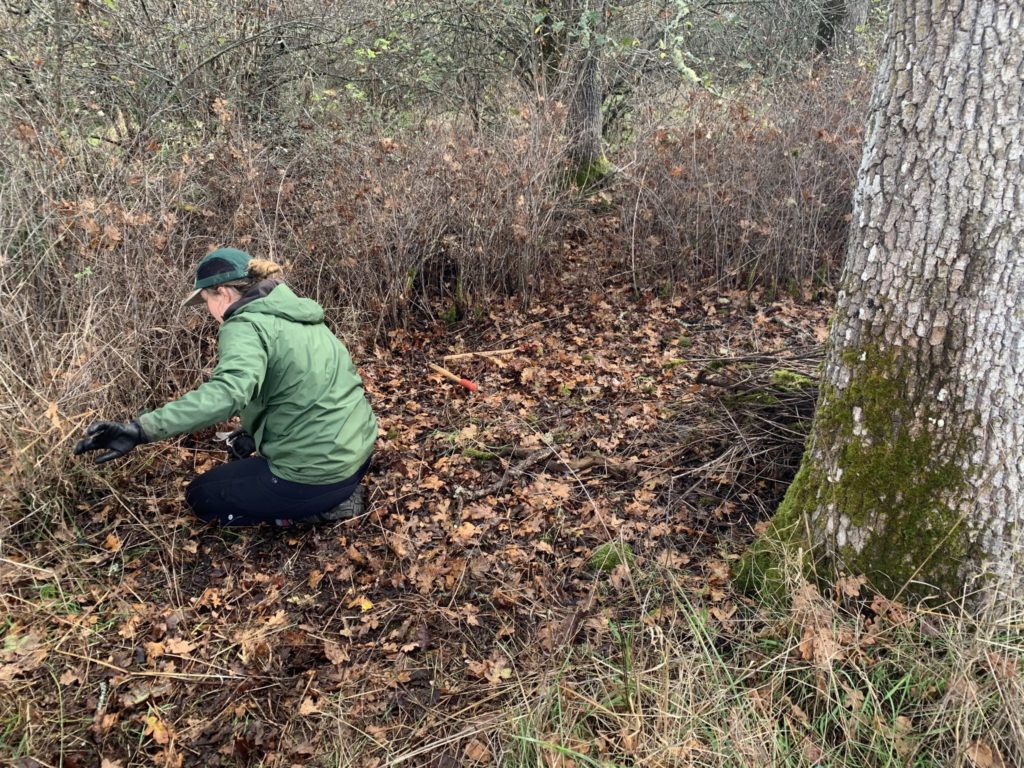Introduction:
Land restoration is the process of rehabilitating degraded, damaged, or destroyed ecosystems to regain their ecological integrity and functionality. With increasing human activities, such as agriculture, mining, urbanization, and deforestation, ecosystems around the world are under threat. Land restoration aims to reverse these damages, promoting biodiversity, improving ecosystem services, and enhancing the resilience of natural landscapes. This article explores the importance of land restoration, various restoration techniques, and the benefits of restoring damaged ecosystems.
1. The Importance of Land Restoration:
a. Biodiversity Conservation:
- Land restoration helps recover habitats for wildlife, promoting the return of native species and increasing biodiversity. Healthy ecosystems support diverse plant and animal communities, which are essential for ecological balance.
b. Climate Change Mitigation:
- Restoring ecosystems, such as forests and wetlands, can sequester significant amounts of carbon dioxide, helping mitigate climate change. Reforestation and afforestation efforts, for example, play a crucial role in capturing carbon from the atmosphere.
c. Ecosystem Services:
- Healthy ecosystems provide essential services, including water purification, soil fertility, pollination, and flood regulation. Restoring damaged lands enhances these services, benefiting both nature and human communities.
d. Soil Health:
- Degraded land often suffers from soil erosion, nutrient depletion, and loss of organic matter. Restoration practices improve soil structure and fertility, enabling better water retention and plant growth.
2. Techniques for Land Restoration:
a. Reforestation and Afforestation:
- Reforestation:
- Reforestation involves replanting native trees in deforested or degraded areas. This process restores natural habitats, stabilizes soil, and enhances biodiversity.
- Afforestation:
- Afforestation entails planting trees in areas that were not previously forested. This can create new habitats, sequester carbon, and prevent soil erosion.
b. Soil Restoration:
- Cover Cropping:
- Planting cover crops, such as legumes and grasses, helps protect soil from erosion, improve soil structure, and add organic matter. Cover crops also enhance soil fertility by fixing nitrogen and increasing microbial activity.
- Composting and Mulching:
- Adding compost and mulch to soil boosts its nutrient content and water-holding capacity. These organic amendments support healthy plant growth and reduce the need for chemical fertilizers.
c. Wetland Restoration:
- Rehydration:
- Rehydrating drained wetlands by blocking drainage channels or breaching embankments restores natural water levels. This process revitalizes wetland habitats, promoting biodiversity and improving water quality.
- Vegetation Planting:
- Planting native wetland vegetation, such as reeds and sedges, stabilizes soil, filters pollutants, and provides habitat for wildlife.
d. Grassland and Rangeland Restoration:
- Grazing Management:
- Implementing rotational grazing practices prevents overgrazing, allowing vegetation to recover and soil to rebuild. Proper grazing management enhances plant diversity and soil health.
- Seeding and Planting:
- Direct seeding or planting native grasses and shrubs restores degraded grasslands, improving habitat quality and preventing erosion.
e. River and Stream Restoration:
- Riparian Buffers:
- Establishing riparian buffers—strips of vegetation along waterways—protects water quality by filtering runoff, stabilizing banks, and providing habitat for aquatic and terrestrial species.
- Channel Reconfiguration:
- Reconfiguring river channels to their natural state, including removing barriers and restoring meanders, enhances habitat complexity and improves ecosystem function.
3. Benefits of Land Restoration:
a. Enhanced Biodiversity:
- Restored ecosystems support diverse plant and animal species, contributing to global biodiversity conservation efforts. Biodiverse ecosystems are more resilient to environmental changes and disturbances.
b. Improved Livelihoods:
- Land restoration can provide economic benefits to local communities through sustainable agriculture, ecotourism, and forest products. Healthy ecosystems also ensure the availability of essential resources like clean water and fertile soil.
c. Climate Resilience:
- Restored landscapes are more resilient to climate impacts, such as droughts, floods, and extreme weather events. Vegetation cover and healthy soils improve water infiltration and reduce the risk of natural disasters.
d. Cultural and Recreational Value:
- Restored natural areas offer cultural, spiritual, and recreational opportunities for people. Access to green spaces enhances physical and mental well-being, fostering a deeper connection to nature.
4. Challenges and Considerations:
a. Long-Term Commitment:
- Land restoration requires sustained effort and long-term commitment. Monitoring and adaptive management are essential to ensure the success and resilience of restored ecosystems.
b. Community Involvement:
- Engaging local communities in restoration projects is crucial for their success. Community involvement ensures that restoration efforts align with local needs and knowledge, promoting ownership and stewardship.
c. Funding and Resources:
- Securing adequate funding and resources is often a challenge for large-scale restoration projects. Governments, NGOs, and private sector partnerships play a vital role in providing financial and technical support.
d. Invasive Species Management:
- Controlling invasive species is essential to the success of restoration efforts. Invasive plants and animals can outcompete native species, hinder regeneration, and disrupt ecosystem processes.
Conclusion:
Land restoration is a vital strategy for healing damaged ecosystems, promoting biodiversity, and enhancing the resilience of natural landscapes. Through techniques such as reforestation, soil restoration, wetland rehabilitation, and sustainable land management practices, we can restore the health and functionality of degraded lands. Successful land restoration requires long-term commitment, community involvement, and adequate resources. By prioritizing restoration efforts, we can ensure a sustainable future where healthy ecosystems support both human and ecological well-being.

